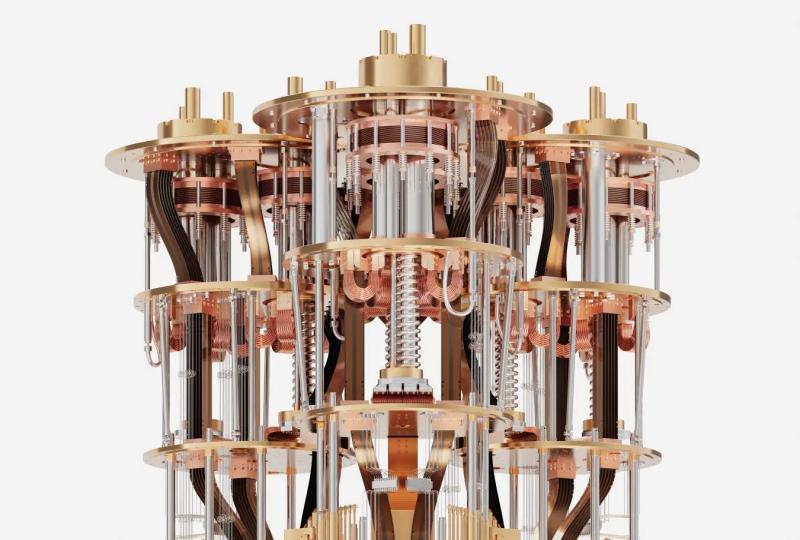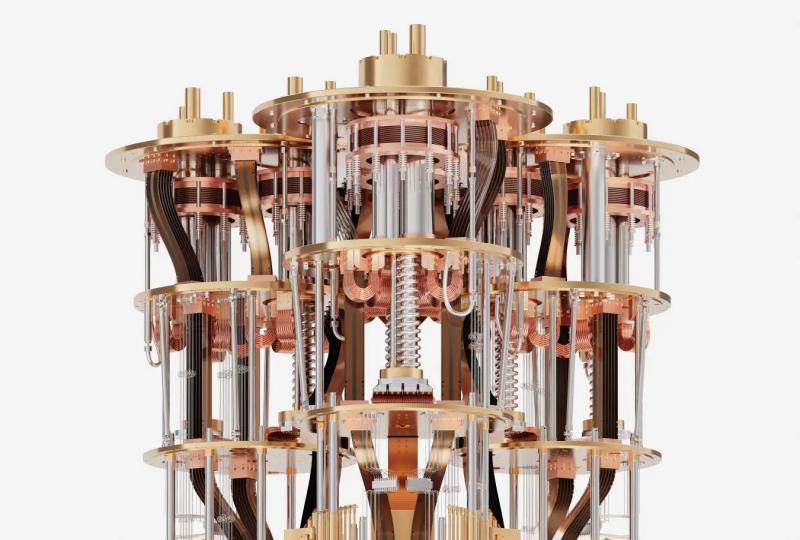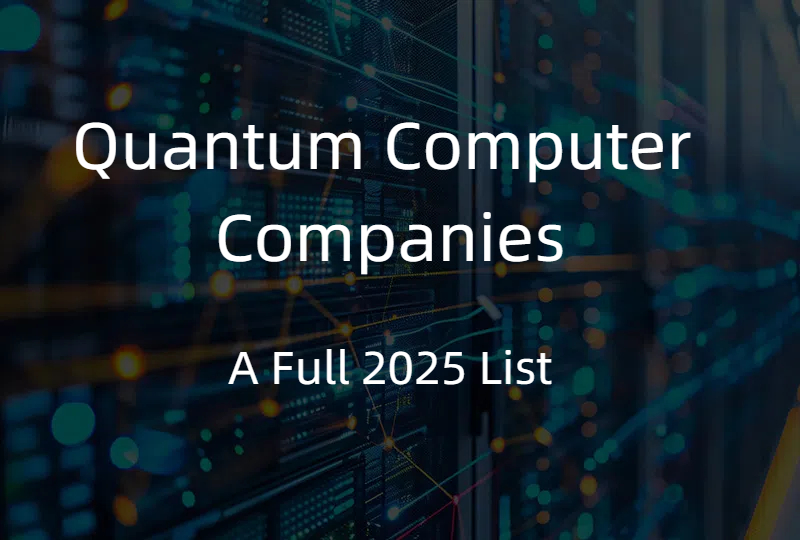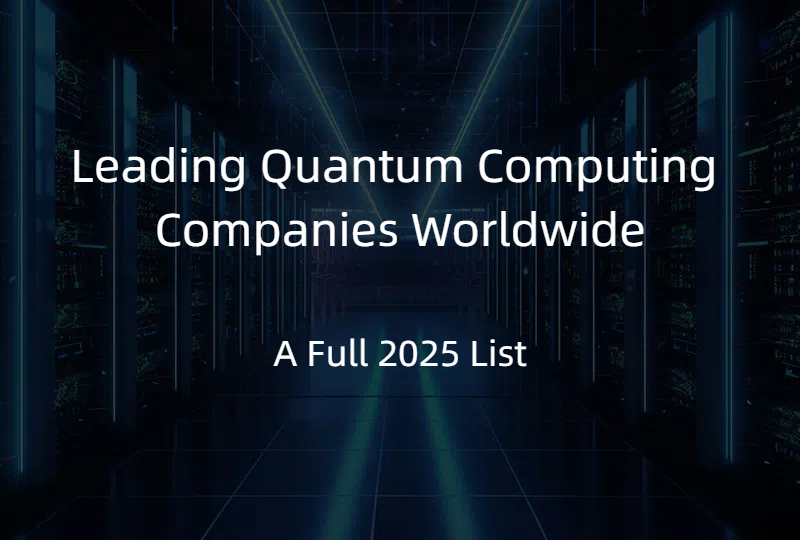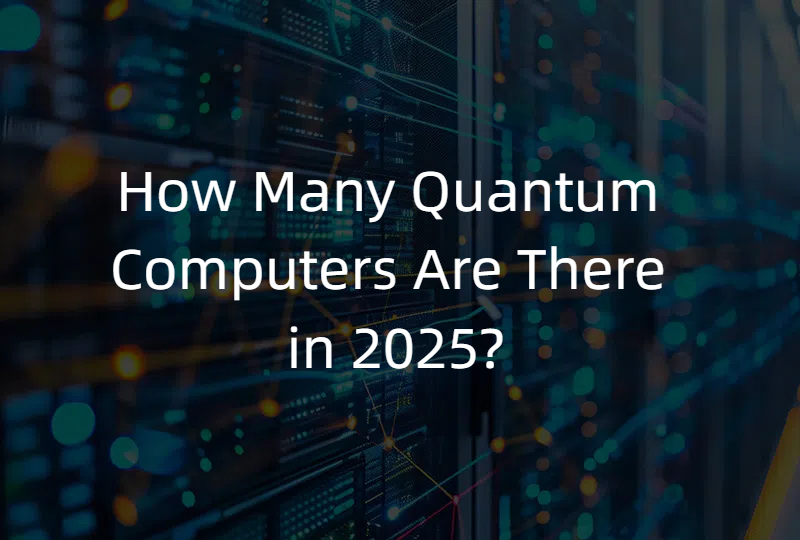Quantum Error: The Critical Challenge in Quantum Computing
2025.08.26 · Blog Quantum Error
Understanding Quantum Error
Quantum error represents one of the most fundamental challenges in quantum computing, referring to unwanted changes or disturbances in quantum information encoded in qubits during computation or storage. Unlike classical computing errors that simply flip bits between 0 and 1, quantum errors are far more complex due to the delicate nature of quantum states. These errors can destroy the quantum properties that give quantum computers their computational advantage, making error management essential for practical quantum computing. These errors can destroy the quantum properties that give quantum computers their computational advantage, making error management essential for practical quantum computing.
The fragility of quantum information stems from qubits' ability to exist in superposition states, where they can simultaneously represent both 0 and 1. This quantum mechanical property, while providing exponential computational power, makes qubits extremely sensitive to environmental interference. Even minimal interactions with the surrounding environment can cause decoherence, effectively transforming quantum information into classical information and eliminating any quantum advantage. To learn more about this process, see our detailed guide on quantum decoherence.
Types of Quantum Errors
Bit-Flip Errors
Bit-flip errors are the quantum analog of classical bit errors, occurring when a qubit state changes from |0⟩ to |1⟩ or vice versa. These errors, also known as σₓ-errors or Pauli-X errors, are caused by external disturbances that affect the qubit’s energy levels. For an in-depth explanation, refer to this comprehensive QEC overview.
Phase-Flip Errors
Phase-flip errors represent a uniquely quantum phenomenon with no classical analog. These errors, also called σ_z-errors, occur when a qubit’s relative phase is altered without changing the probability amplitudes ofdes of measuring |0⟩ or |1⟩. A phase-flip error transforms a state like (|0⟩ + |1⟩)/√2 into (|0⟩ − |1⟩)/√2, fundamentally changing the interference patterns that power quantum algorithms.
Depolarizing Errors
Depolarizing errors represent the most severe type of quantum error, completely randomizing the qubit state. These errors effectively replace the quantum state with a maximally mixed state, destroying all quantum information. See QuEra’s introduction to quantum noise for more on how random disturbances impact qubits.
Amplitude Damping and Relaxation
Amplitude damping occurs when qubits lose energy to their environment, causing relaxation from excited states to ground states over time. The relaxation time (T₁) characterizes how quickly a qubit loses energy, while the dephasing time (T₂) measures how long phase coherence persists. For typical values and measurement techniques, consult Microsoft’s guide on error correction codes and coherence times.
Quantum Error Correction Strategies
Quantum Error Correction Codes
Quantum Error Correction (QEC) provides the fundamental framework for protecting quantum information. Unlike classical error correction, QEC must handle both bit-flip and phase-flip errors simultaneously while respecting the no-cloning theorem. Leading QEC schemes include:
-
Surface Codes: Uses qubits in a 2D lattice with stabilizer measurements to detect errors. For an interactive introduction, see this surface code tutorial.
-
Shor’s Code: Employs nine physical qubits to encode one logical qubit and can correct any single-qubit error.
-
Steane Code: A seven-qubit CSS code correcting single-qubit errors using fewer resources than Shor’s code.
Error Correction Process
The QEC workflow involves encoding logical qubits across multiple physical qubits, measuring error syndromes with ancilla qubits, identifying errors via classical processing, and applying corrective gates. This process ensures that logical qubits remain intact despite physical disturbances.
Quantum Threshold Theorem
The quantum threshold theorem establishes that quantum computers with physical error rates below a critical threshold can achieve arbitrarily low logical error rates through QEC. For most schemes, this threshold lies around 10⁻⁴ to 10⁻³. The logical error rate decreases exponentially with code distance, as shown in recent experiments demonstrating below-threshold error correction.
Error Mitigation Techniques
For near-term devices lacking full QEC, error mitigation offers practical workarounds:
-
Zero-Noise Extrapolation: Runs circuits at varied noise levels and extrapolates to zero noise.
-
Probabilistic Error Cancellation: Uses the noise model to invert errors during post-processing.
-
Dynamical Decoupling: Applies rapid pulse sequences to average out slow noise.
These methods extend circuit depth and accuracy without requiring large qubit overheads.
Conclusion
Quantum error remains the foremost barrier to scalable quantum computing, but advances in both error correction and mitigation are rapidly closing the gap. With threshold-breaking demonstrations and robust noise-suppression techniques, the path to fault-tolerant quantum computers is now clearly defined. As hardware and algorithms co-evolve, mastering quantum error will unlock the full potential of quantum advantage across cryptography, chemistry, and beyond.
Featured Content


